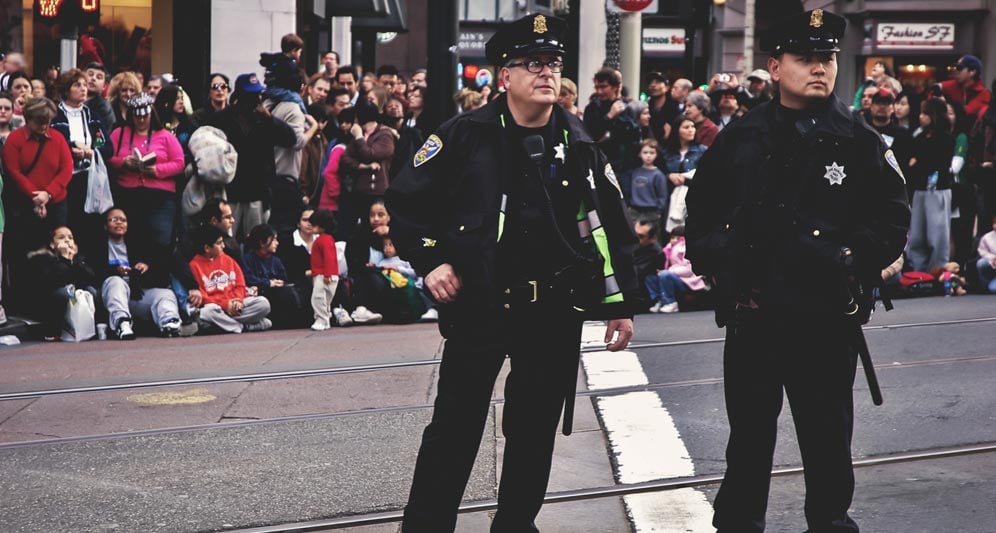Federal Immigrations and Customs Enforcement (ICE) is responsible for detaining and deporting undocumented immigrants.
However, local jails are usually run by county sheriff's offices. So ICE relies on local law enforcement to help find and detain undocumented immigrants.
For example, let's say a local police officer arrests someone for drunk driving. The officer fingerprints the suspect when booking them into the local jail.
The jail sends those fingerprint records to the FBI to check criminal history and arrest warrants. Then, the FBI will sometimes share the information with ICE to check immigration status.
If ICE finds that the suspect is undocumented, it may submit a detainer request to the local jail. Under the Department of Homeland Security’s Priority Enforcement Program, ICE can ask local law enforcement to detain the suspect for an extra 48 hours.
This gives ICE time to get a warrant, move to take custody of the immigrant, and start the deportation process.
However, it’s up to the local agency whether they listen to these requests. Federal courts have ruled that complying with these requests is voluntary since the 4th Amendment prohibits law enforcement agencies from holding someone in jail without a warrant.

Some law enforcement agencies work with ICE, openly sharing arrest information and holding suspects when requested. But in many “sanctuary cities,” law enforcement agencies ignore ICE detainment requests.
They choose to simply release the suspect once the charges are dropped, or bail paid. Some counties reject all ICE requests.
Others comply only in some cases—if the suspect has prior convictions or is on a terrorist watch list, for example.


